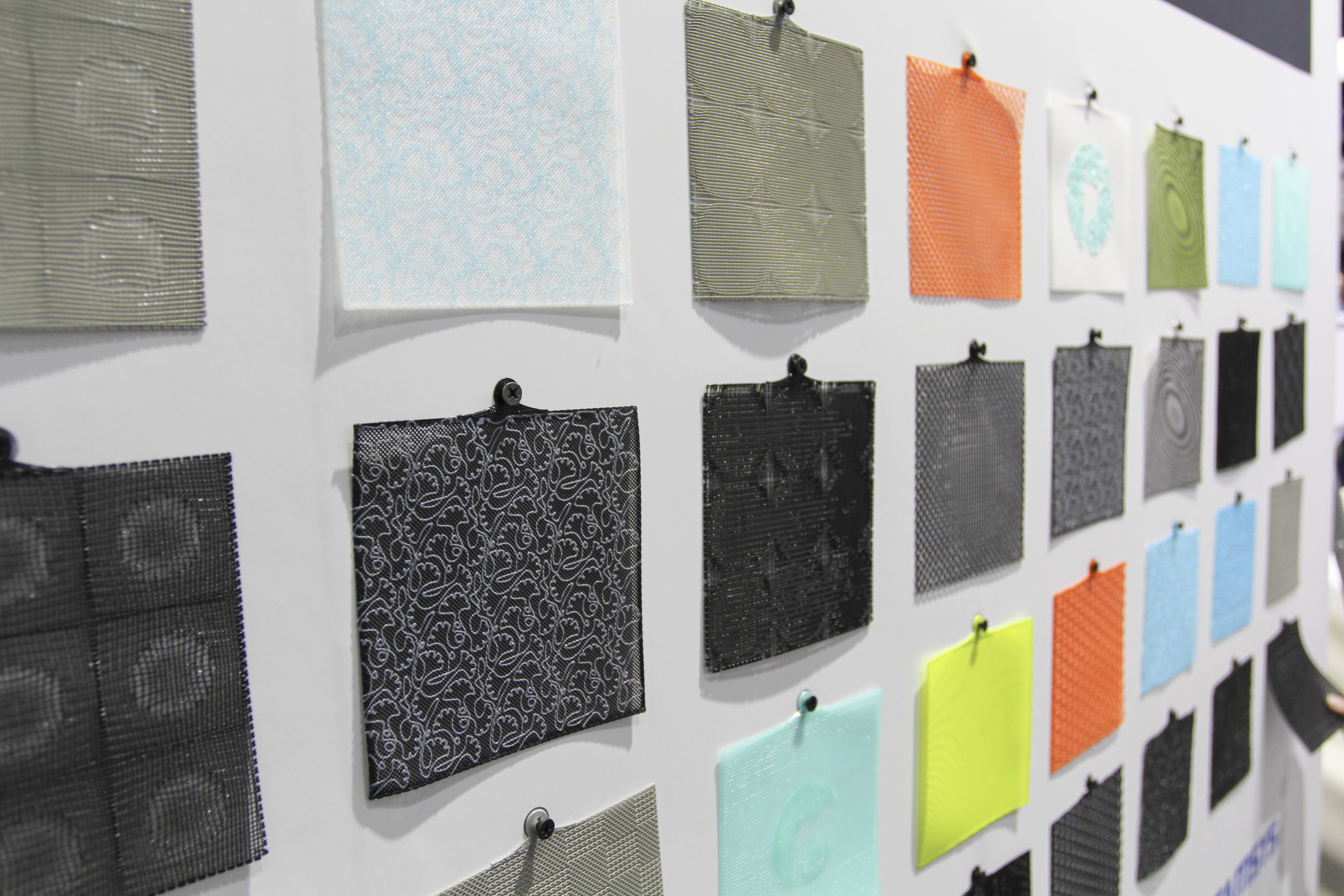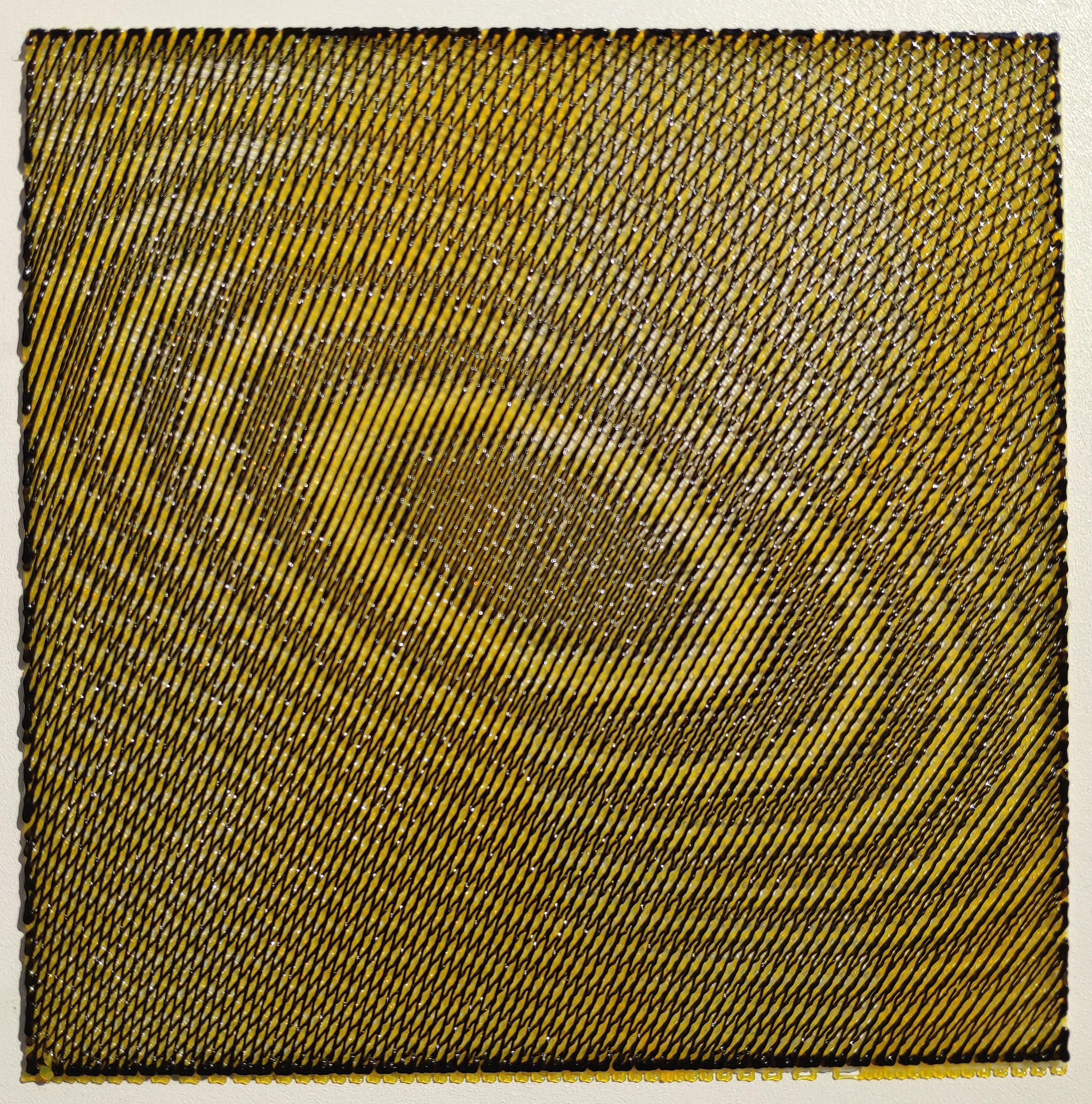Polymer specialists Polymaker and Covestro have announced the release of their new jointly developed 3D printable fabrics. The duo sifted through a number of suitable materials for the job but eventually settled on a TPU-based polymer, with two grades – 90A and 95A – being made available.
The companies also had to develop a whole new processing technology, in collaboration with two 3D printer manufacturers, to be able to accurately print the materials and eventually enable mass production. As a result, the fabric is now optimized for printing with the INTAMSYS FLEX 510 and Raise3D E2 3D printers.

Environmentally friendly production
Polymaker is claiming that the 3D printing of fabric is a more environmentally friendly alternative to traditional weaving. It’s a fairly simple premise and works by first 3D printing a few 2D layers, usually only 2 – 5 layers thick, and swapping them out onto a conventional production line to be attached to other articles of clothing such as shoes, bags, and hats. The advantage is that the initially printed patch produces no excess fabric that needs to be cut off and discarded.
Furthermore, there is a speed aspect to it. Looking at the example of 3D printed shoe uppers, a complete upper can be printed in about 30 minutes. Since there are no worker’s rights currently in place for machines, a single 3D printer can output up to 48 uppers in any given day. Scaled up to a whole print farm, and it’s possible to produce several thousand highly custom, wasteless shoe uppers in a week.
Programmable properties
Polymaker has doubled down on this partnership with the development of a purpose-built software that enables users to design and slice the fabric digitally. Using the tool, users are able to print bespoke textures and patterns directly into the fabric itself, including shape changes, moiré, density gradients, and random lines.
Beyond just the aesthetic benefits, functional patterns can also be printed directly into the part. The software’s algorithms can generate different elasticities, strengths, hardnesses, and even varying breathabilities where required. This was made possible by the choice to opt for Covestro’s TPU, which itself can have varying hardness, wear resistance, oil resistance, and transparency.
The partnership between Polymaker and Covestro is intended to be more than just a gimmick, as the companies truly believe in 3D printing’s potential in the textiles industry. They claim it can help transform and upgrade 3D printed fabrics “from artwork to industrialization”.

Researchers from MIT have also previously experimented with 3D printed mesh-type materials, although for academic purposes. The engineers developed a flexible, 3D printable fabric as soft as skin, with the aim of using it to support soft tissues such as muscles and tendons. They intend to develop the work further and eventually create medical devices, wearable supports, and implants.
Elsewhere, in Stuttgart, researchers used 3D printing to investigate programmable properties such as deformation – one of the apparent capabilities of Polymaker’s software. The team managed to 3D print multi-material parts with multidirectional stiffness gradients using specially formulated cellulose-based filaments.
Subscribe to the 3D Printing Industry newsletter for the latest news in additive manufacturing. You can also stay connected by following us on Twitter and liking us on Facebook.
Looking for a career in additive manufacturing? Visit 3D Printing Jobs for a selection of roles in the industry.
Featured image shows the fabrics being debuted at a trade show in Shanghai. Photo via Polymaker.



